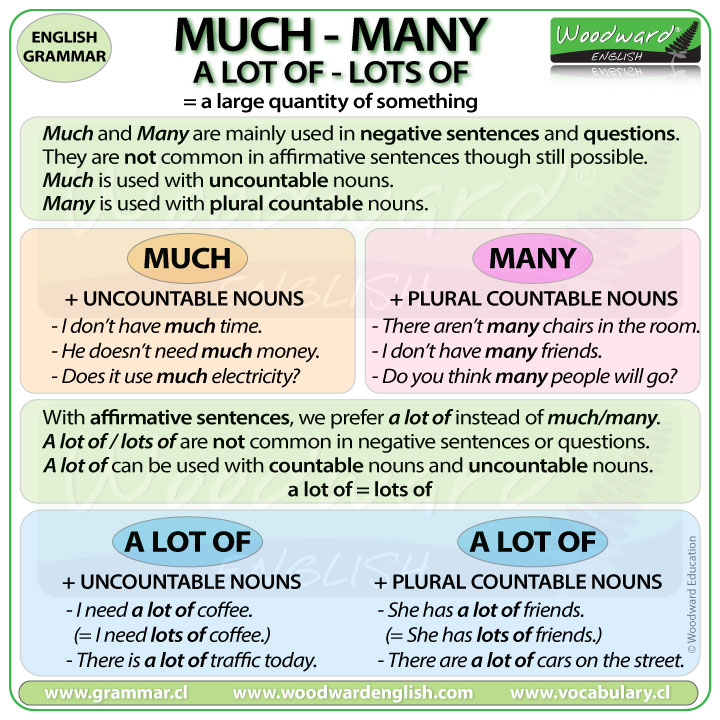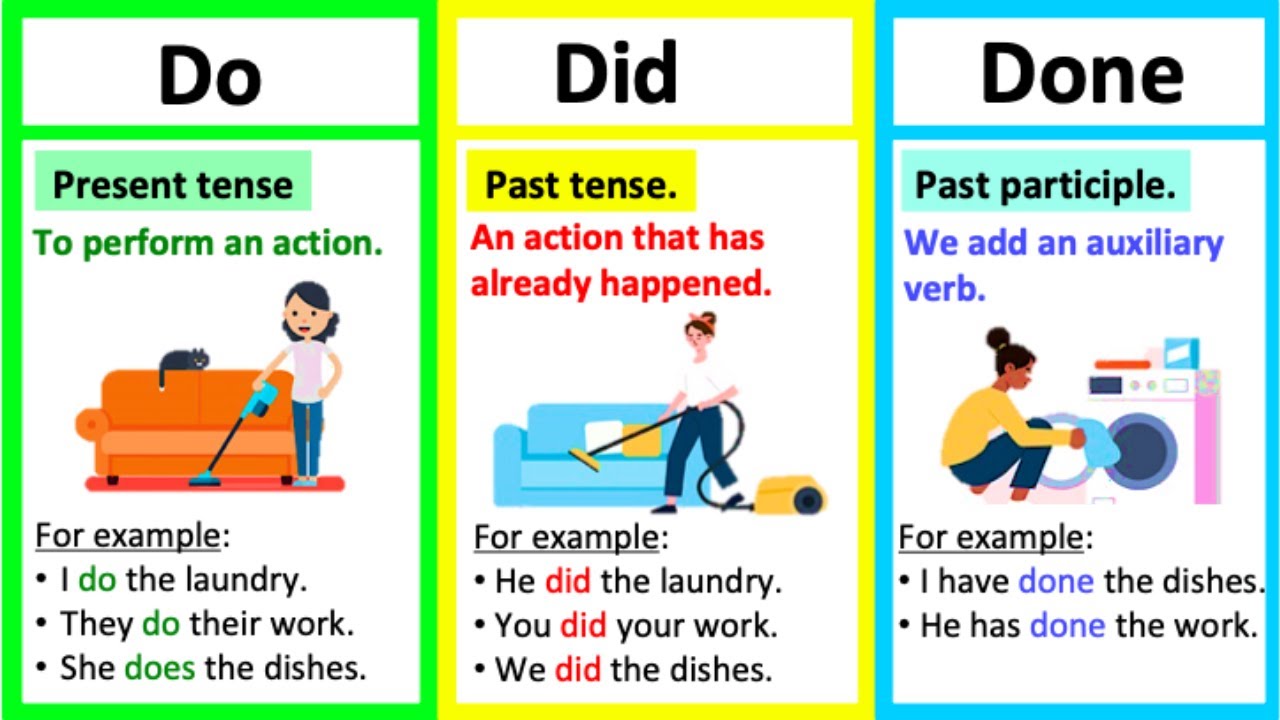Studio Arts: Understanding Creative Expression Through Visual Mediums
What are studio arts?
Studio arts encompass a broad range of visual art practices create in a studio environment. These disciplines focus on the development of technical skills, creative expression, and conceptual thinking through hands on creation. Unlike theoretical art studies, studio arts emphasize the physical making process and the mastery of materials and techniques.
At its core, studio arts involve the creation of visual works through direct manipulation of materials. Artists work in studio settings develop their unique voices while build fundamental skills that allow them to translate their ideas into tangible forms.
Common studio arts disciplines
Draw
Draw form the foundation of most studio arts practices. It involves create marks on surfaces use tools like pencils, charcoal, ink, and pastels. Draw teach observation, proportion, perspective, and composition — skills that transfer to most all other visual arts.
Artists practice drawing might focus on:
- Figure drawing and portraiture
- Landscape and architectural drawing
- Abstract and experimental mark make
- Technical and scientific illustration
Paint
Painting involve apply pigment to surfaces use brushes, knives, or other tools. Common painting media include oils, acrylics, watercolors, and gouache. Each medium offer distinct properties and techniques that artists exploit to achieve different visual effects.
Paint disciplines oftentimes include:
- Stillness life and landscape painting
- Portrait and figure painting
- Abstract and non-representational painting
- Mural and large scale painting
Sculpture
Sculpture involve create three-dimensional artworks through various techniques. Traditional sculpture materials include clay, stone, metal, wood, and plaster, while contemporary sculptors might incorporate find objects, textiles, or digital elements.
Sculptural approaches include:
- Modeling (add material, as with clay )
- Carve (remove material, as with stone or wood )
- Cast (pour material into molds )
- Assemblage (combine find objects )
- Installation (create immersive environments )
Printmaker
Printmaking involve create images on a matrix (such as a woodblock, metal plate, or stone )and transfer them to paper or other materials. This alallowsrtists to produce multiple copies of an image with variations.
Major printmaking techniques include:
- Relief printing (woodcut, llino cu)
- Intaglio (etch, engrave )
- Lithography
- Screen printing
- Monotype and monoprint
Ceramics
Ceramics involve form clay into objects and fire them at high temperatures to create durable pieces. This ancient art form spans functional pottery to sculptural works.
Ceramic practices typically include:

Source: brandeis.edu
- Hand building techniques (coil, slab, pinch )
- Wheel throwing
- Glazing and surface decoration
- Various firing methods (electric, gas, wood, rBaku)
Photography
Photography capture images use light sensitive materials or digital sensors. Studio photography oftentimes involve control lighting, composition, and post-processing techniques.
Photographic approaches include:
- Digital photography
- Traditional darkroom processes
- Alternative processes (cphenotype platinum printing )
- Experimental and mixed media photography
Fiber arts
Fiber arts involve work with textiles and fiber materials. These practices bridge traditional craft techniques with contemporary art approaches.
Fiber disciplines include:
- Weave
- Textile printing and dyeing
- Embroidery and needlework
- Quilting
- Felt
Digital and new media arts
Digital arts use computer technology to create visual works. These emerge forms continue to expand the definition of studio practice.
Digital arts encompass:
- Digital illustration and painting
- 3d modeling and animation
- Video art
- Interactive and immersive media
- Generative and algorithmic art
The studio environment
The studio serve as both a physical space and a conceptual framework for artistic creation. Traditional studios typically include:
- Dedicated workspaces for specific disciplines
- Natural and artificial lighting systems
- Storage for materials and works in progress
- Ventilation and safety equipment
- Display areas for reference and critique
Beyond physical characteristics, the studio represents a mental space where artists can focus, experiment, and develop their practice. Many artists describe their studio time as essential for creative thinking andproblem-solvingg.
The creative process in studio arts
Ideation and research
Studio artists begin with inspiration and research. This might involve:
- Collect visual references
- Sketch preliminary ideas
- Research historical and contemporary approaches
- Explore conceptual frameworks
- Develop personal symbolism and visual language
Material exploration
Understand materials form a crucial part of studio practice. Artists frequently:
- Test different materials and techniques
- Create samples and studies
- Develop technical proficiency
- Discover unique material properties and possibilities
Creation and refinement
The making process typically involves:
- Begin with broad gestures or structures
- Build up layers or components
- Make adjustments and corrections
- Refining details and surface qualities
- Know when to stop
Reflection and critique
Critical reflection help artists evaluate and improve their work:
- Self assessment during and after creation
- Peer critique and feedback
- Analysis of technical and conceptual success
- Consideration of viewer experience
- Plan for future development
Studio arts education
Formal education
Many artists pursue formal education in studio arts through:
- Bachelor of fine arts (bBFA)programs
- Master of fine arts (mMFA)degrees
- Technical certificates in specific disciplines
- Artist residencies and workshops
Studio arts curricula typically balance technical training with conceptual development and art history. Critique sessions, where students present their work for feedback, form a central component of most programs.
Self-directed learning
Many successful artists develop their skills through self direct study:
- Online tutorials and courses
- Technical manuals and art books
- Community classes and workshops
- Mentorships with established artists
- Practice base experimentation
Contemporary approaches to studio arts
Interdisciplinary practice
Contemporary studio artists progressively work across multiple disciplines, blend techniques and approaches. A painter might incorporate photographic elements, or a sculptor might use digital fabrication tools. This interdisciplinary approach reflect broader cultural trends toward hybrid forms and fluid boundaries.
Socially engaged art
Many studio artists nowadays create work that straight engages with social and political issues. These practices might involve:
- Community collaboration
- Public interventions
- Address environmental concerns
- Explore identity and representation
- Institutional critique
Technology integration
Digital tools have transformed traditional studio practices:

Source: liberalartsedu.org
- Digital sketch and planning
- 3d printing and CNC fabrication
- Laser cut and engraving
- Augmented and virtual reality
- Algorithmic and generative processes
Instead than replace traditional methods, these technologies oftentimes complement hand skills, expand the possibilities for creation.
The business of studio arts
Exhibition and sales
Professional studio artists typically share their work through:
- Gallery exhibitions (solo and group shows )
- Art fairs and festivals
- Online platforms and social media
- Direct studio sales
- Art consultants and dealers
Professional development
Build a sustainable studio practice involve:
- Develop a distinctive artistic voice
- Create a professional portfolio
- Write artist statements and proposals
- Network within the art community
- Apply for grants, residencies, and exhibitions
Alternative career paths
Many studio artists combine their practice with related careers:
- Teach at schools, colleges, or community centers
- Commercial art and design
- Art therapy and community arts
- Museum and gallery work
- Arts administration and curation
The value of studio arts
Cultural significance
Studio arts contribute to culture by:
- Preserve and evolve visual traditions
- Reflect contemporary experiences and concerns
- Challenge conventions and expand perspectives
- Create visual records of human creativity
- Bridge cultural differences through visual language
Personal development
Engage with studio arts fosters:
- Visual thinking and problem solve skills
- Hand eye coordination and spatial awareness
- Patience and persistence
- Self-expression and emotional processing
- Critical thinking and aesthetic judgment
Community building
Studio arts create community through:
- Collaborative projects and shared studios
- Public exhibitions and events
- Arts education and outreach
- Cultural districts and creative economies
- Dialogue between artists and viewers
Conclusion
Studio arts represent a vast territory of creative practices unite by hands on making and visual expression. From traditional disciplines like draw and painting to emerge digital forms, these practices offer pathways for technical mastery, personal expression, and cultural contribution.
Whether pursue professionally or as a personal practice, studio arts connect us to fundamental human impulses to create, communicate, and understand our world through visual means. The studio — whether a dedicated facility, a corner of a home, or eve a digital workspace — provide a crucial environment where ideas become tangible and where artists develop the skills and perspectives that shape our visual culture.
As technology and society evolve, studio arts continue to adapt while maintain connections to traditional skills and approaches. This balance between innovation and tradition make studio arts a dynamic field that remain relevant across change times and contexts.



